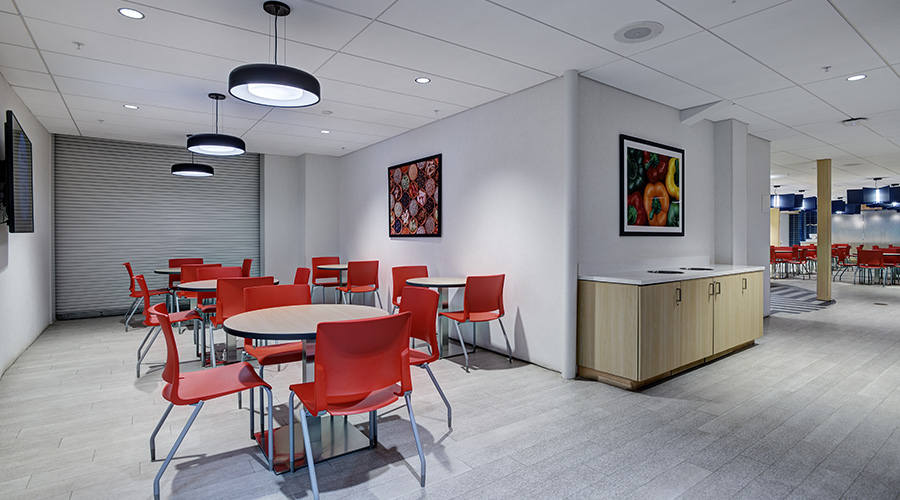AIA Index Shows Modest Improvement In Nonresidential Construction
As the nonresidential construction industry continues to struggle, the Architecture Billings Index (ABI) showed a nominal improvement in September, according to the American Institute of Architects (AIA).
As the nonresidential construction industry continues to struggle, the Architecture Billings Index (ABI) showed a nominal improvement in September, according to the American Institute of Architects (AIA).
The AIA reported the September ABI rating was 43.1, up slightly from 41.7 in August. This score indicates a decline in demand for design services (any score above 50 indicates an increase in billings). The new projects inquiry score was 59.1, its highest level since September 2007.
“The fact that inquires for new project are so high is an encouraging sign that we may be seeing new construction activity entering the design phase,” says AIA Chief Economist Kermit Baker. “But that optimism has to be tempered by the fact that the marketplace is so competitive that firms are broadening their search for new projects, thereby inflating the number of inquiries that they are reporting. However, some larger stimulus-funded building activity should be coming online over the next several months, partially offsetting the steep decline in private commercial construction.”
Key September ABI highlights:
Regional averages:
Northeast (47.2),
Midwest (43.0),
South (42.7),
West (36.0)
Sector index breakdown:
Multi-family residential (45.1),
Institutional (43.9),
Commercial / industrial (39.0),
Mixed practice (36.3),
Project inquiries index: 59.1
The Architecture Billings Index is derived from a monthly “Work-on-the-Boards” survey and produced by the AIA Economics Market Research Group. Based on a comparison of data compiled since the survey’s inception in 1995 with figures from the Department of Commerce on Construction Put in Place, the findings amount to an economic indicator that provides an approximately nine to twelve month glimpse into the future of nonresidential construction activity.
The diffusion indexes contained in the full report are derived from a monthly survey sent to a panel of AIA member-owned firms. Participants are asked whether their billings increased, decreased, or stayed the same in the month that just ended. According to the proportion of respondents choosing each option, a score is generated, which represents an index value for each month. The regional and sector data is formulated using a three-month moving average.
Related Topics:










